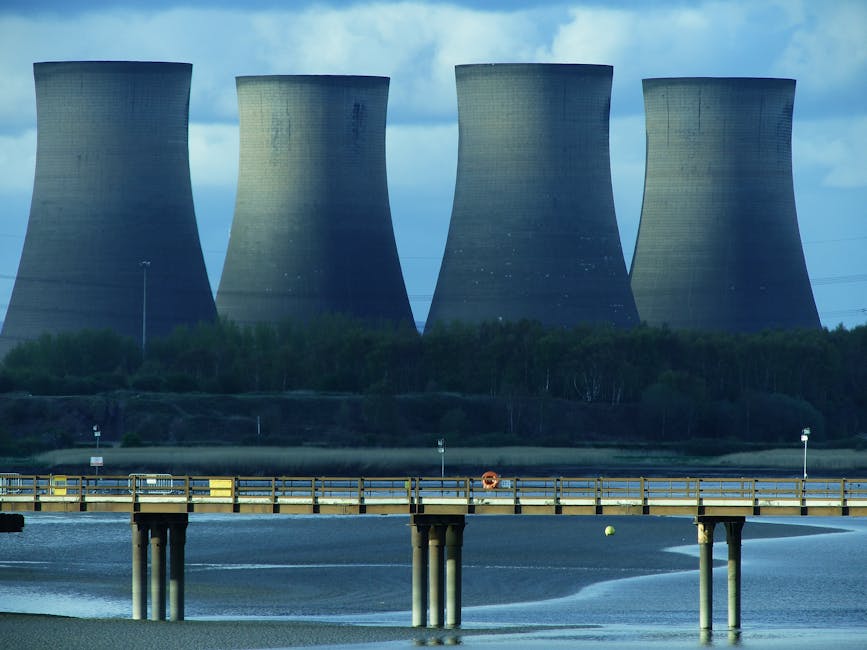The Hidden Costs of Progress: When AI’s Promise Leaves Deserts Drained
AI’s Environmental Footprint: Energy, Water, and Pollution
The rapid ascent of generative AI has triggered a dramatic surge in demand for data centers – the very backbone of modern AI applications. These facilities aren’t sleek and unassuming; each one houses tens of thousands of servers, working continuously to train and operate AI models. This infrastructure is incredibly energy-intensive. Projections indicate that by 2030, global data center electricity consumption could more than double, potentially rivaling the energy usage of entire countries. In the United States alone, AI and data centers are projected to consume approximately 300 terawatt-hours of energy annually by 2028 – enough to power over 28 million households. Unfortunately, this energy demand is frequently met by fossil fuels, particularly in areas where renewable energy sources haven’s yet become the norm, directly undermining climate goals and contributing to increased greenhouse gas emissions.
Beyond energy, water usage represents another often-overlooked, yet critical, consequence. Data centers require vast quantities of water primarily for cooling, a particularly challenging requirement in hot, dry regions. Current estimates suggest that U.S. AI servers may need as much as 720 billion gallons of water each year by 2028—an astounding amount equivalent to over 1 million Olympic swimming pools, or the indoor water needs of a staggering 18.5 million households. This demand is especially acute in desert areas like Nevada and Arizona, where tech companies have clustered due to affordable land and favorable regulatory environments. The consequence is increasing tension between the needs of local communities, already grappling with drought and water scarcity, and the demands of large, distant tech corporations.
Impact on Local Communities and Ecosystems: A Growing Divide
The construction and operation of data centers in arid and water-stressed regions aren’t isolated events; they have both direct and indirect impacts on the local population. The extraction of water for cooling can significantly lower groundwater tables, threatening agricultural practices, and ultimately reducing the water available for residential use. In some cases, utility companies have implemented electricity rate hikes for local families to fund new infrastructure dedicated to powering data centers. Meanwhile, underserved communities are left neglected. The reliance on fossil fuels to meet AI’s energy needs has also led to increased emissions of air pollutants, exacerbating respiratory illnesses and raising public health costs in vulnerable neighborhoods. In regions like Arizona and Tennessee, predominantly minority communities face a disproportionate exposure to pollution stemming from backup generators and natural gas turbines that power AI infrastructure.
The Hidden Waste Stream: Electronic Waste and Resource Extraction
The environmental impact of AI extends far beyond energy and water consumption. The AI boom is also generating a significant amount of electronic waste. Data centers are compelled to regularly replace servers and hardware, resulting in large quantities of discarded electronics ending up as waste. The production of these servers relies heavily on critical minerals and rare earth elements, often mined unsustainably in other parts of the world, adding yet another layer to the environmental burden. The global supply chain for AI infrastructure, therefore, extends environmental and social consequences far beyond the immediate location of any single data center.
Industry Response and Sustainability Efforts: Promises and Challenges
Tech companies have publicly committed to ambitious goals, including achieving net-zero emissions and becoming “water positive.” Microsoft, for example, has pledged to be carbon negative and water positive by 2030. However, the rapid rollout of new AI products has created spikes in both water and electricity usage, making these goals increasingly difficult to achieve. Some companies have even delayed or reversed plans to retire coal and natural gas plants to meet the surging demands of data centers, undermining broader climate commitments.
Despite these challenges, some industry leaders are investing in renewable energy sources, more efficient cooling systems, and “greener” data center designs. There’s also a growing interest in edge computing – a model that could potentially reduce the need for massive centralized facilities and lower the overall carbon footprint. However, these solutions are not yet widely adopted, and the rapid pace of AI expansion continues to outstrip progress in sustainability.
A Call for Global Action: Policy and Recommendations
International organizations and environmental advocates are issuing urgent calls for action. The United Nations Environment Programme (UNEP) advocates for standardized measurement of AI’s environmental impact, mandatory disclosure of energy and water usage, and stronger regulations to ensure sustainable AI deployment. Countries are encouraged to integrate AI policies into broader environmental strategies, promote the recycling and reuse of hardware, and require tech companies to offset emissions and water usage with local community benefits. The need for comprehensive change is undeniable.
The True Cost of Progress: A Balancing Act
The real cost of AI isn’s simply measured in teraflops or breakthrough algorithms. It’s reflected in the water drawn from shrinking aquifers, the electricity generated by aging fossil fuel plants, and the environmental burden shouldered by distant communities. As the world enthusiastically embraces the promise of AI, the deserts far from Silicon Valley are bearing the price, raising critical questions about who truly benefits from digital progress and who ultimately shoulders its hidden costs. The challenge now lies in striking a delicate balance between innovation and sustainability, ensuring that the future of AI doesn’t come at the expense of the planet’s most vulnerable regions and precious resources. We must prioritize equitable and sustainable development to ensure a future where technological advancement doesn’t exacerbate existing inequalities.





Leave a Reply
You must be logged in to post a comment.